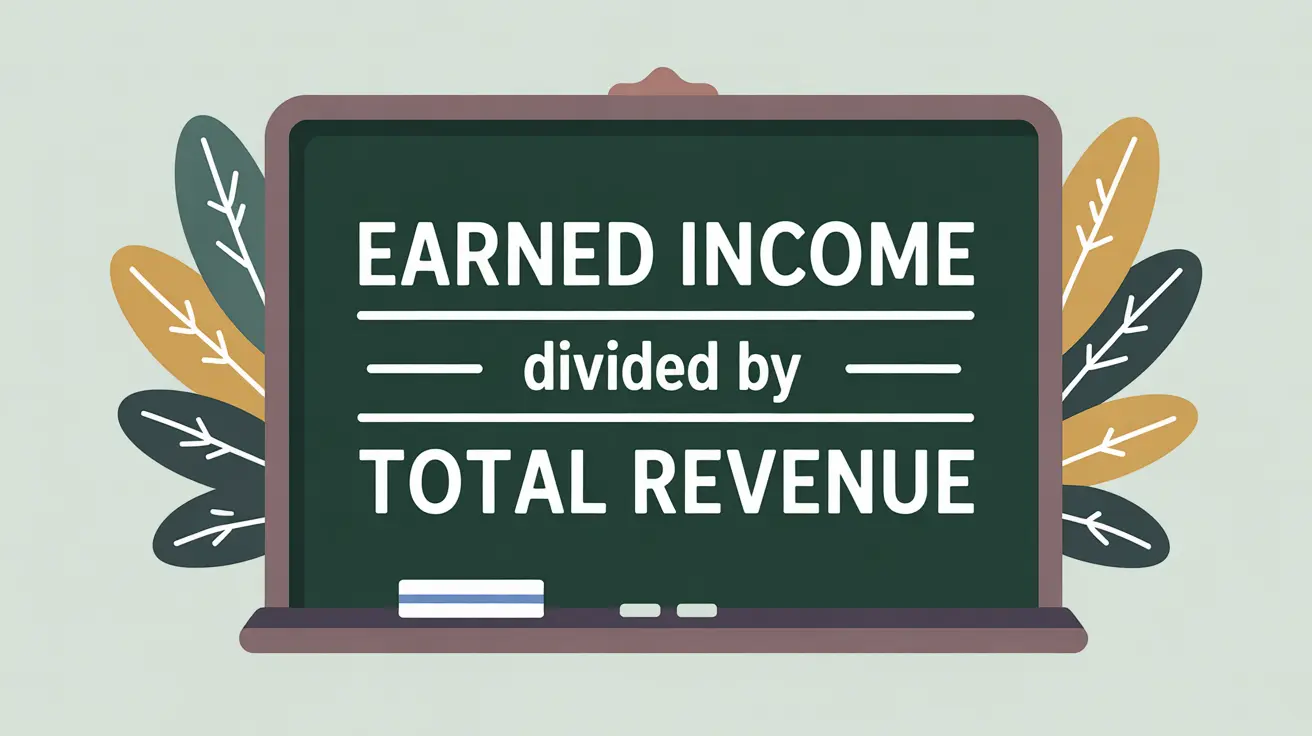Importance of the Earned Income Ratio
The earned income ratio (sometimes called the self-sufficiency ratio) measures how much of a nonprofit’s revenue comes from business-like activities, such as program service fees, product sales, or social enterprise ventures. It matters because reliance on earned income can provide greater financial independence and reduce vulnerability to donor restrictions or grant cycles. However, earned income also carries risks if market demand is uncertain or if it diverts focus from mission. For nonprofits in social innovation and international development, this ratio is increasingly relevant as organizations explore social enterprise models, fee-for-service programs, and hybrid approaches to sustain long-term impact.
Definition and Features
The earned income ratio is defined as:
Earned Income divided by Total Revenue.
Key features include:
- Independence Indicator: shows the share of revenue generated through self-sustaining activities.
- Benchmark Use: higher ratios indicate less reliance on grants and donations; optimal levels depend on mission and capacity.
- Strategic Signal: helps boards weigh the balance between mission-driven services and market-oriented activities.
- Risk Consideration: earned income must align with mission to avoid mission drift.
How This Works in Practice
If a nonprofit generates $5 million in program service fees and $15 million in total revenue, its earned income ratio is 0.33 (33%). This suggests that a third of its budget is self-sustaining. Boards may view this as a strength, reducing reliance on external donors, while also examining whether the earned activities are aligned with the mission. For example, an international NGO might operate a social enterprise selling affordable medical supplies, generating earned income that directly supports its health programs.
Implications for Social Innovation
For nonprofits in social innovation and international development, the earned income ratio is a measure of resilience and innovation. A strong ratio can reassure donors that the organization is not solely dependent on grants and can sustain itself through mission-aligned business models. However, donors may also scrutinize whether earned activities are overshadowing the nonprofit’s core mission. By managing this ratio strategically, organizations can demonstrate financial independence while reinforcing their commitment to social impact, balancing market-driven approaches with donor-funded initiatives to advance systemic change.







